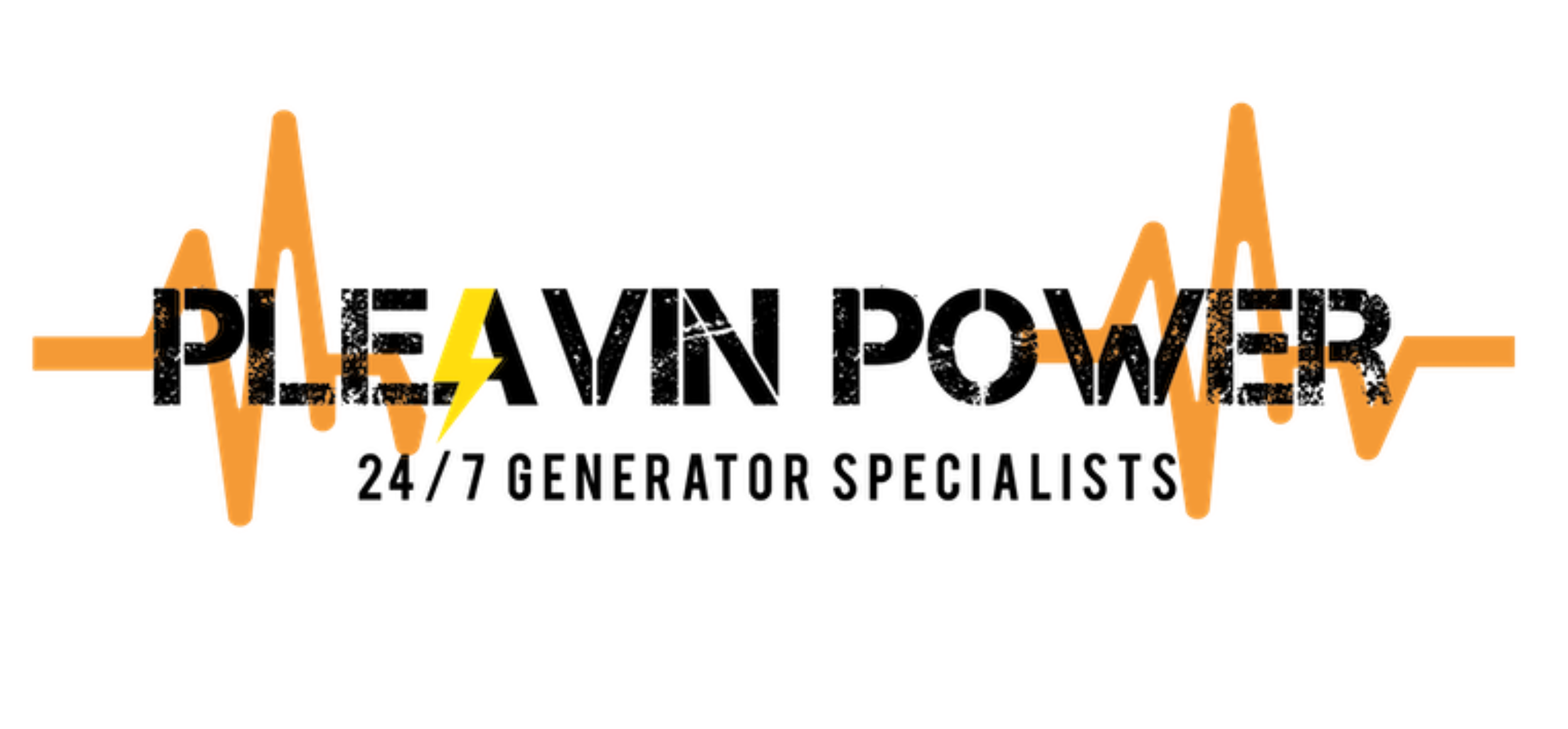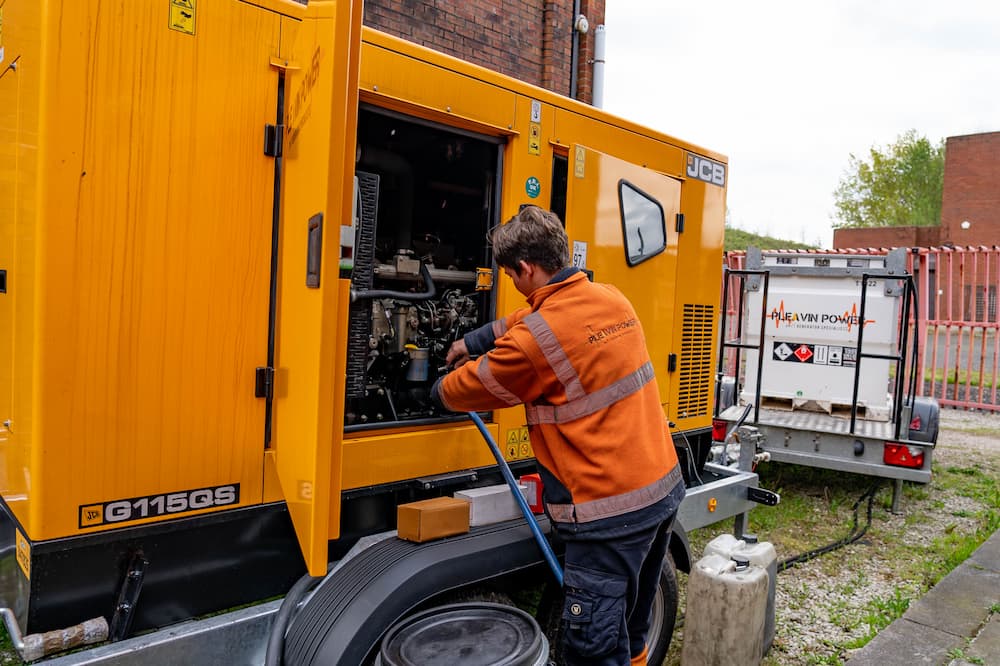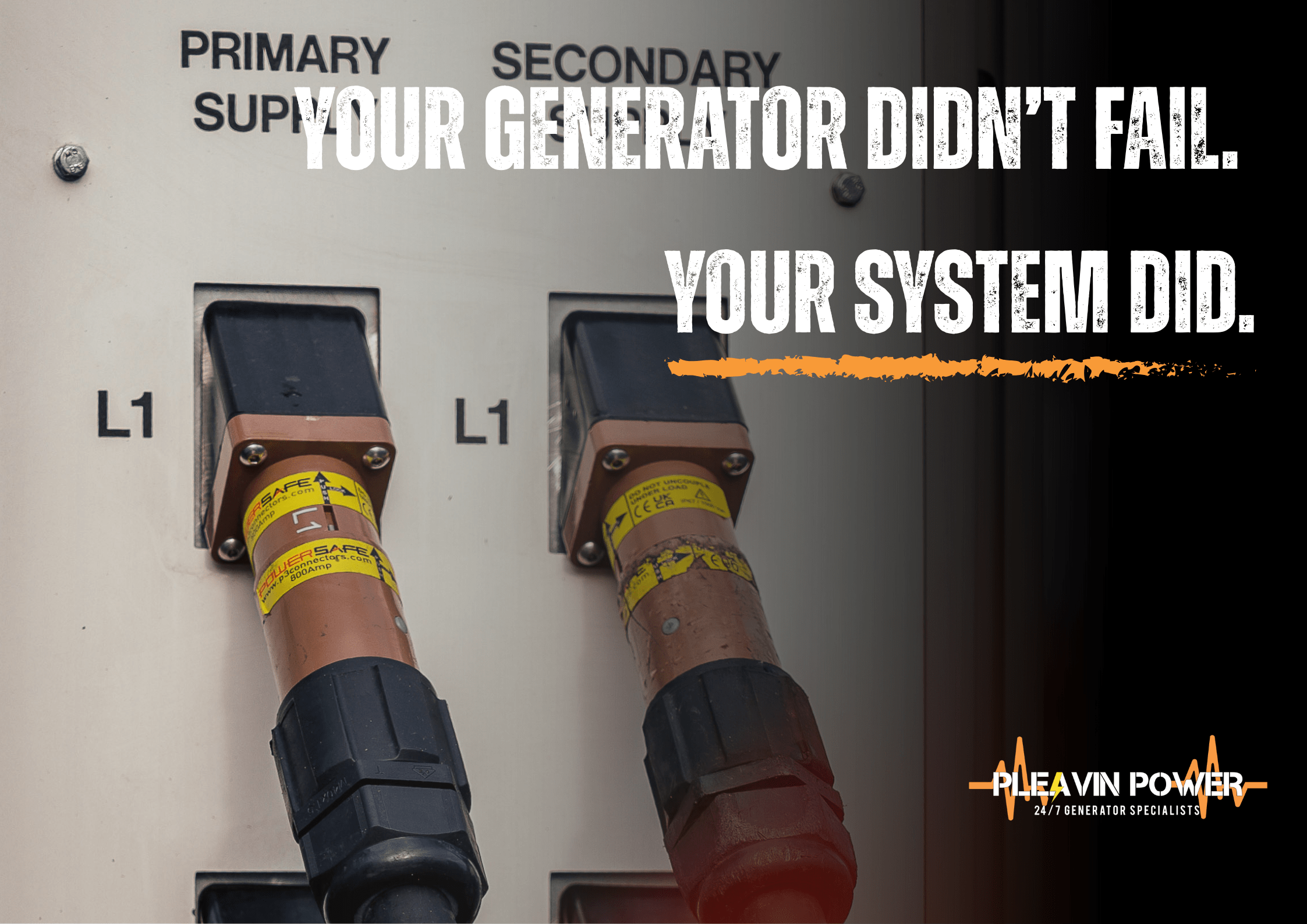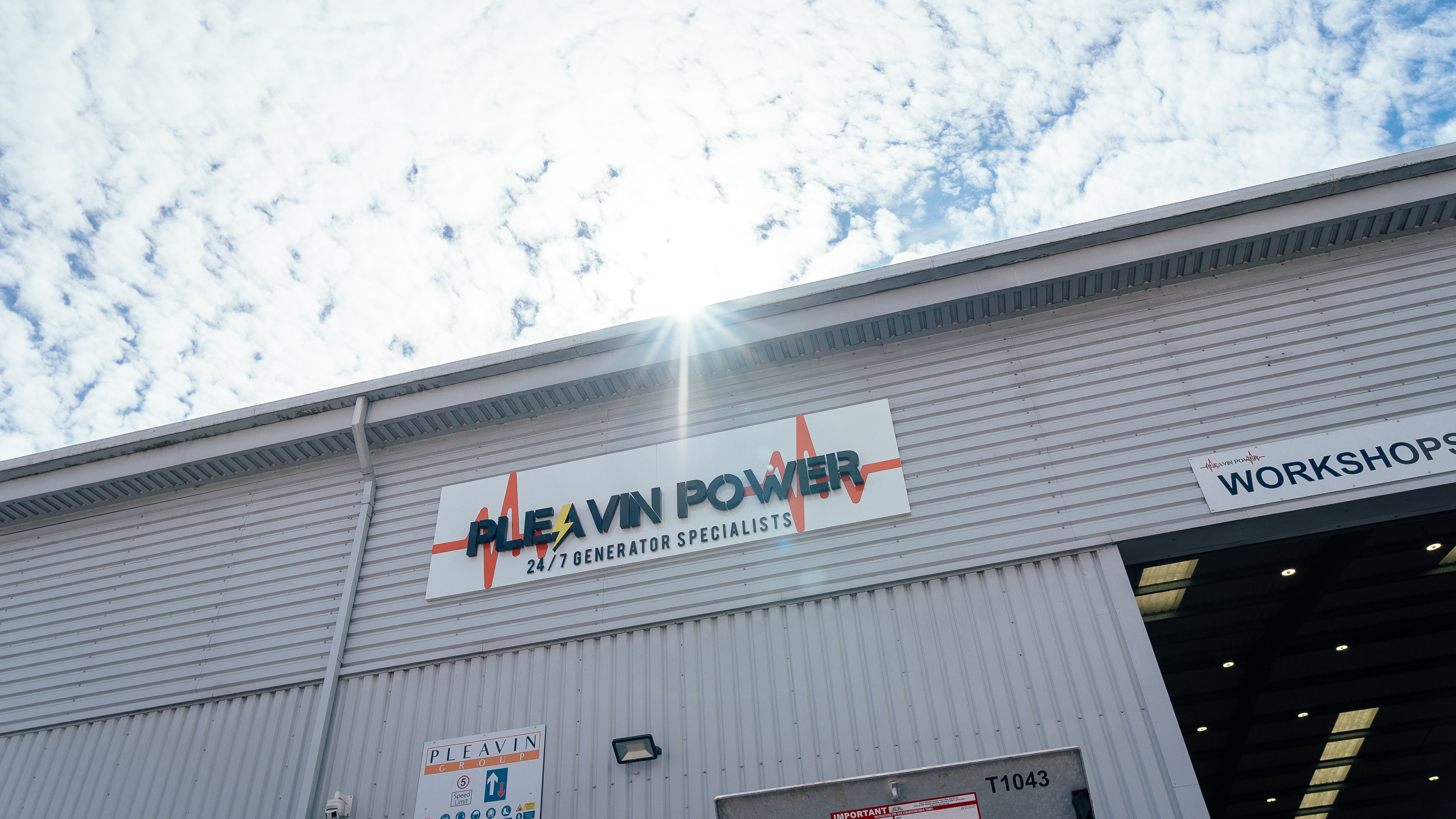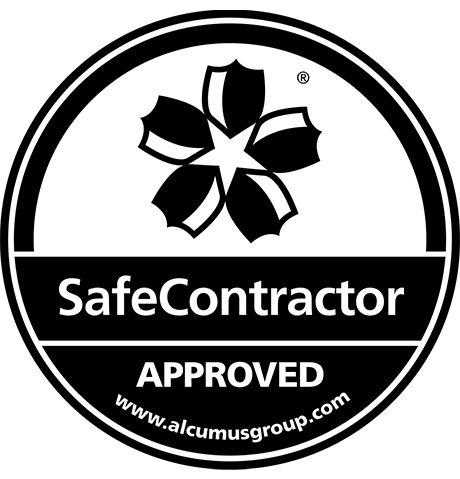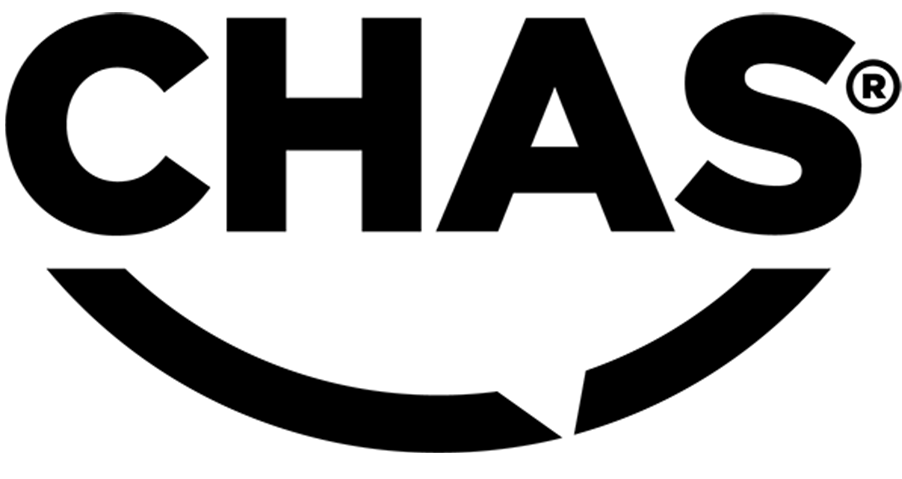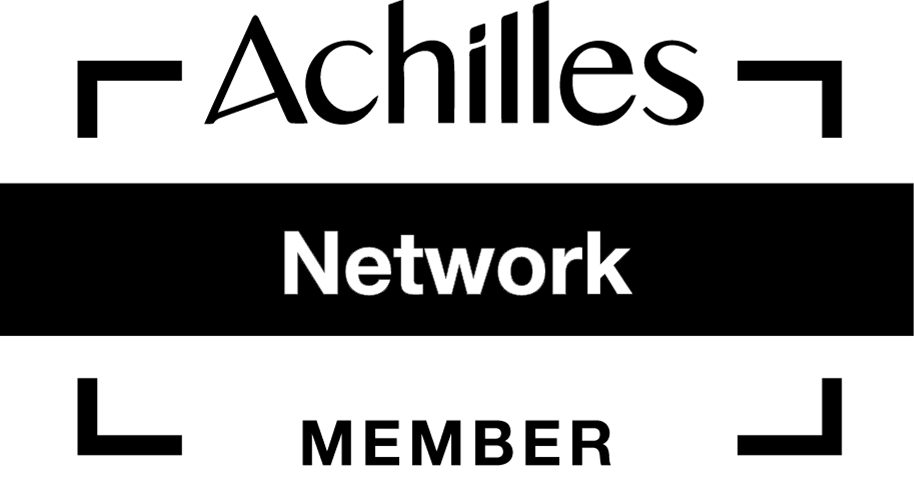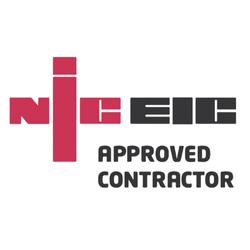Diesel Generators are machines that produce electricity by burning diesel fuels. These useful machines use a combination of a diesel engine and an electric generator to produce electricity. It converts the chemical energy that’s contained in diesel fuel to mechanical energy through combustion.
Generators are relied on by companies of all sizes to supply essential electrical energy in emergency situations, such as energy cuts, brownouts, and any other interruptions to the mains power supply.
They are also used as the primary power source for many other applications. For example, powering off-grid homes or providing power for mining operations and temporary camps in remote parts of the world.
There are many configurations of diesel generators, including portable, standalone and multi-machine setups – but they all work the same way and have the same main components.
If you’re considering installing a generator within your organisation, it’s useful to understand how they work.
Diesel Generator Working Principle
To start with, it’s a good idea to understand the basic working principle for typical diesel generators.
Here’s what you need to know – a diesel generator works by converting the chemical energy in diesel fuel into mechanical energy through combustion, and then transforming that mechanical energy into electrical energy.
When diesel fuel ignites inside the engine, it drives the pistons and turns the crankshaft. This mechanical motion spins the alternator’s rotor, creating a magnetic field that induces electrical current in the stator coils. In simple terms, the generator uses a diesel engine to turn an electrical generator – producing a steady supply of usable electricity.
How Does A Diesel Generator Create Electricity?
A diesel generator creates electricity by converting mechanical energy produced by its engine into electrical power. It does this by channelling it through power cables and using an alternator.
When the engine runs, it turns a crankshaft connected to the alternator’s rotor. This spins inside a magnetic field, which induces an electrical current. The process is known as electromagnetic induction. A good example is imagining electricity flowing through cables in a similar way that water flows through pipes.Diesel generators are often thought of as an ‘electrical pump’. It doesn’t create or destroy electrons – it simply pushes them through a circuit in a controlled and useful way so that devices can operate.
The Components Of A Diesel Generator
A diesel generator is made up of nine important components:
- Diesel Engine
- Alternator
- Fuel System
- Voltage Regulator
- Cooling & Exhaust System
- Lubrication System
- Battery Charger
- Control Panel
- Main Assembly Frame
To understand the diesel generator better, we will break down each component and look at how it works.
Diesel Engine
A diesel engine is no different to the one you’d find inside your car, a truck or any other large vehicle. This is the main source of mechanical energy.
It works by compressing air inside the cylinders until it becomes hot enough for diesel fuel to ignite. This creates a controlled explosion that drives the pistons and turns the crankshaft.
The larger the engine, the more power it is able to produce. This is why it’s crucial to get the right size when you’re hiring a generator, to ensure it is able to meet the power demand.
Alternator
This component is responsible for generating the power output. An alternator is made up of many complex components, one of the most crucial of which is the rotor.
The rotor is a shaft that spins using mechanical energy supplied by the diesel engine. Attached to it are electromagnets which create a rotating magnetic field. This is where the principle of electromagnetic induction comes into play.As the magnetic field rotates, it moves around another important part of the alternator: the stator. To keep things simple, when a magnetic field moves around a stationary electrical conductor – such as the coils in the stator – it induces an electric current. This induced current is what becomes the generator’s usable electrical power.
Fuel System
The fuel system is the supply for the engine.Without this fuel supply, the engine cannot run, so the size of the fuel tank directly affects how long a diesel generator can operate.
Your fuel system may be smaller if you have a portable unit, or one housed in a compact enclosure. Larger, higher-capacity fuel systems are common for permanently installed generators that need to run for extended periods.
Inside the fuel system, there’s a network of components designed to deliver a clean, reliable supply of fuel to the engine. These include filters to remove contaminants, ventilation pipes and a valve for the fuel tank to prevent unwanted overpressure.
The Voltage Regulator
The voltage regulator is arguably the most complex component in a typical diesel generator. Its primary job is to control and stabilise the generator’s voltage output.
Without this component, the generator’s voltage and current would fluctuate depending on how fast the engine is running.
In modern applications, we rely heavily on a very steady and reliable power supply. The voltage regulator ensures exactly that by continuously monitoring the output voltage and adjusting the generator’s systems to keep it steady.
Cooling & Exhaust System
These two components are key to the smooth and safe running of the generator, and they’re fairly simple to understand.
The cooling system helps prevent your diesel generator from overheating. It does this by releasing a coolant which counteracts any additional heat generated by the engine. The coolant takes all the heat through a heat exchanger and safely releases it outside of the generator.
The exhaust system removes harmful combustion gas created by the diesel engine, directing toxic fumes such as carbon monoxide away from people and the generator.
Lubrication System
The lubrication system is connected to the diesel engine and uses an oil pump to circulate oil through the moving parts. This ensures everything operates smoothly and prevents components from grinding against each other. Without this system in place, the engine would quickly overheat and break down.
Battery Charger
Every diesel engine needs a battery charger to help kick-start it into action. This small motor will require a small battery which needs to be charged in order to work.
Control Panel
The control panel is where the user operates the generator and monitors its systems. You’ll find a wide range of controls that allow you to adjust settings, check on vital systems and keep your generator running smoothly.
The typical controls & outputs you will find are:
- Start/Shutdown
- Frequency Switch
- Engine Mode Switch
- Engine Fuel
- Engine Oil
- Engine Speed
- Coolant Temperature
- Battery Charge
There are also many other different controls and outputs.
Main Assembly Frame
Your generator will need to be contained within a robust structure, to hold all of its components securely in place. The main assembly frame component provides this. Your frame can be an open design for easier access, or closed for added protection and noise reduction.
Outdoor generators are commonly protected with a waterproof and weatherproof frame.

